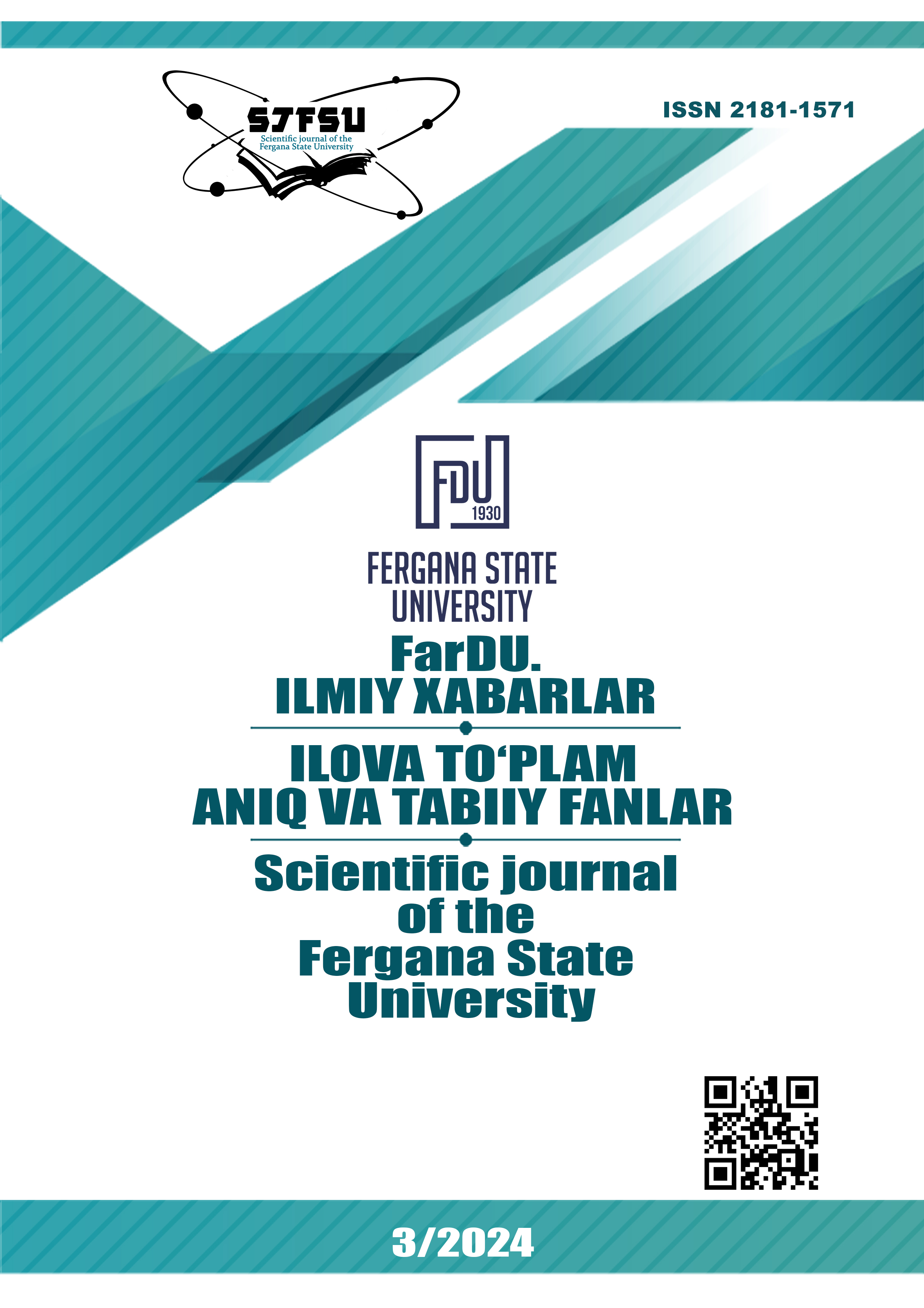STATE OF PHYSIOLOGICAL INHIBITION OF METABOLISM AND ENERGY IN GROUND SQUIRRELS AND DESERT TORTOISES
Keywords:
Warm-blooded animals, energy, metabolism, polarographic method, hibernation.Abstract
Many mechanisms of the body’s vital activity have been discovered to date. With regard to the energy of warm-blooded animals, the mechanism of tissue heat production has not been finally established. Having a powerful energy basis, this process is aimed at warming the body, which spends up to 80-90% of the body’s energy, i.e. it has a tremendous effect on the body’s metabolism. These energy costs can be used for the benefit of human. In particular, one should learn how to regulate its activity, which will increase the efficiency of biological processes. The entire body can receive energy support because of increased efficiency that can improve recovery processes in the event of heavy physical exertion on the body or the presence of pathological weakening of certain metabolic links in tissues. The use of uncoupled respiration as a factor with positive practical possibilities has many prospects that are waiting in the wings for their implementation. All the above indicates the need to develop this area of research and to refine this problem. We believe that there are sufficient conditions for conducting research in this direction.
References
Affourtit Ch.,. Wong H-S., Brand M.D. Measurement of Proton Leak in Isolated Mitochondria. Mitochondrial Bioenergetics (Part of the Methods in Molecular Biology book series (MIMB, v, 1782) 2018, 157-170.
Clarke A., Portner H-O. Temperature, metabolic power and the evolution of endothermy // Biol. Rev. 2010. V.85. P.703-709.
Klingenberg M. UCP- a sophisticated energy valve. Biochimie. 2017, 134: 19
Staples J. f. Metabolic inhibition of mammalian hibernation: the role of mitochondria // J. of Experimental Biology, 2014, V.217 (12), 2032-6.
Акhmerov RN. Qualitative difference in mitochondria of endothermic and ectothermic animals // FEBS Letters 1986, 198 (2): 251-255.
Akhmerov R. N., Niyazmetov B. A., 2016. Coupled and uncoupled respiration in rat cardiocytes and mitochondria // European J. Biomedical and Pharmaceutical Sciences. 3 (12), 8-16.
Akhmerov R.N., Niyazmetov B.A, Abdullaev G.R. 2018 Different Views on the Tissue Thermogenesis of Organisms // Am. J. Biochem.. V.8, Р. .30-39.
Akhmerov R. N., Niyazmetov B. A., Abdullaev G. R. 2018. On Novel Features of the Proton Leak and Possibility of Uncoupling Population of Mitochondria in Brown Adipose Tissue // American Journal of Biochemistry, V/8 (6):Р. 107-113.
Шмидт-Ниельсон К. Физиология животных. Приспособление и среда. М.: Мир, 1982. Т. I. 414 с.
Chazarin, B., Storey, K.B., Ziemianin, A. et al. Metabolic reрrogramming involving glycolysis in the hibernating brown bear skeletal muscle // Front Zool 16, 12 (2019).
Downloads
Published
Issue
Section
License
Copyright (c) 2024 Scientific journal of the Fergana State University

This work is licensed under a Creative Commons Attribution-NonCommercial-NoDerivatives 4.0 International License.
How to Cite
Most read articles by the same author(s)
- Вaлижон Каримов , CHANGES IN THE CONTENT OF TOTAL GLYCOGEN, SALT-SOLUBLE PROTEINS AND TOTAL LIPIDS BY SEASONS OF THE YEAR , Scientific journal of the Fergana State University: No. 3 (2024): FarDU.Ilmiy xabarlar jurnali. Ilova to'plam (Aniq va tabiiy fanlar)

